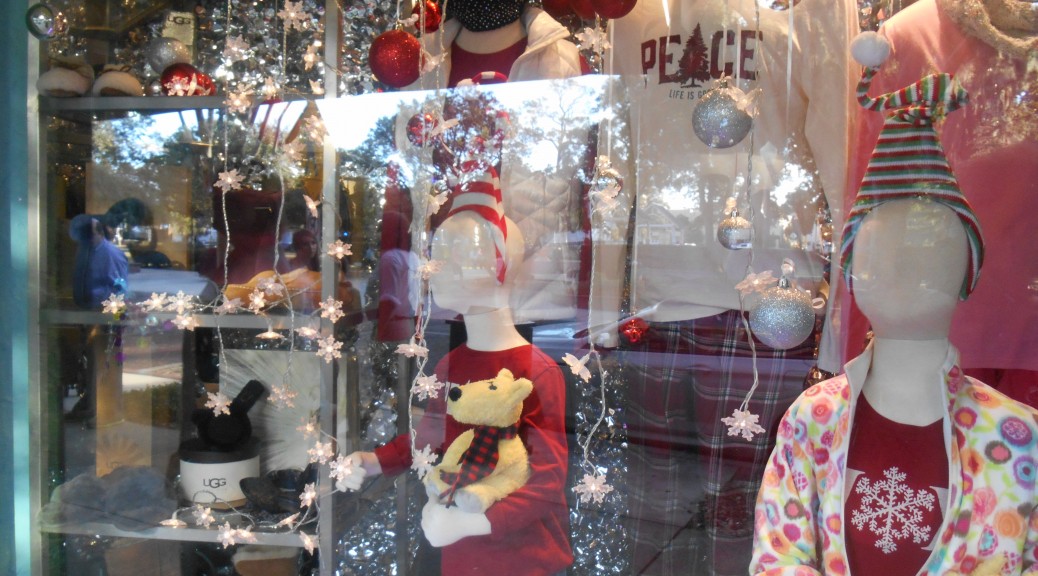Eat your heart out all of you in the cold north. It’s in the 70’s here, sunny and heading for a high of 81 and not a bit of snow in sight—but there’s lots of snowmen appearing about my house.
STAY HIGH AND DRY LIKE JAMIE

TODAY IS OUR LOOK AT COLLECTIBLE DAY AND WE’RE DOING
COOKIE JARS

COOKIE PANDA cookie Jar, unknown maker, unmarked (paint chips on hat) skid at Auction 2013 $48
In the United States and Canada a cookie is a small, flat, baked treat, usually containing flour, eggs, sugar, and either butter or cooking oil, and often including ingredients such as raisins, oats, or chocolate chips. Most other English-speaking countries would call it a biscuit. http://en.wikipedia.org/wiki/Cookie

BRUSH POTTERY HUMPTY DUMPTY COOKIE JAR, yellow beanie, Don Winton design marked “Brush W18 USA” on bottom, (blemish on beanie, crazing) . Sold at same auction $108
http://www.toledoblade.com/Food/2014/11/30/The-sweet-history-of-the-cookie.html#Y0qiuYutbdltR3lI.99



Oreo cookies were first created in a New York City bakery and sold in a tin for 30 cents per pound, says 997Now. It remains a mystery exactly why the cookies are named Oreos. They were created with British customers in mind. They were initially named “Oreo Biscuits.” But the name changed to the “Oreo Crème Sandwich” in the 1940s and to the “Oreo Chocolate Sandwich Cookie” in the 1970s. The original Oreo recipe included pork fat for the creamy center. Oreos are the world’s best-selling cookie. They can be found in more than 100 countries. It takes a total of 59 minutes to make an Oreo. When they first debuted, there was also a lemon meringue flavor of Oreos. In China, you can purchase green tea ice cream flavored Oreos. Women rather than men are more likely to pull their Oreos apart before eating them. Oreos became Kosher in December 1997. If all the Oreos ever manufactured were stacked, they could reach the moon and back more than five times. Lemon meringue Oreos were discontinued in the 1920s. More than 450 billion Oreo cookies have been sold worldwide since their debut. National Oreo Day is March 6, http://www.ibtimes.com/national-oreo-day-15-interesting-facts-about-oreo-cookies-1559760

“SINCLAIR OIL” DINOSAUR COOKIE JAR, RARE, MARKED “USA 1943” ON BOTTOM. AUCTIONED $1,800
Cookie jars he been favored collectibles for generations, but a genuine frenzy was reached in 1987 when Andy Warhol’s collection was auctioned at Sotheby’s. Warhol’s jars were sold in pairs, 39 pairs in all, with prices expected to range from $75-$250 a pair. Instead the lowest price was $1,980 and the highest $23,100. While this temporarily raised prices it has since ebbed with the realization that it was Warhol’s name and not the cookie jars that brought the outrageous prices. (KOVELS Aug. 2013)

AMERICAN BISQUE “COOKIES OUT OF THIS WORLD” SPACESHIP COOKIE JAR, MARKED “USA” NEAR BOTTOM (CHIPPED) SOLD FOR $6,000
Auction quoted: Victorian Casino Antiques auction May – June 2013 Las Vegas, NV.
I like a gooey cookie. —Trisha Yearwood
